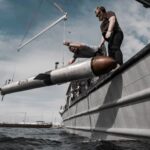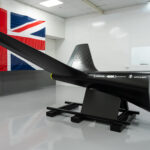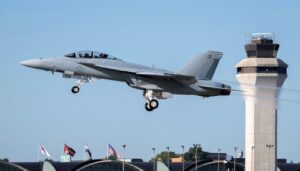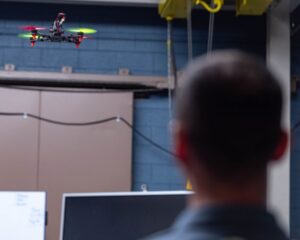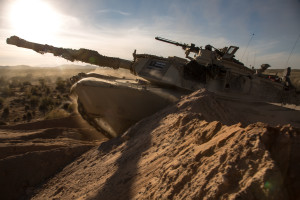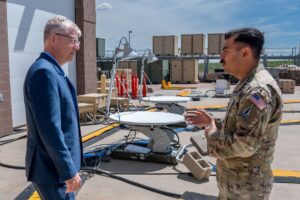
Capabilities that more closely link humans and machines for warfighting and planning purposes should be harnessed in the near-term to lower the costs to the U.S. and United Kingdom for potential wars, increase costs for adversaries, increase situational awareness, and gain “decision advantage” over adversaries, and predictive maintenance, a U.K. thinktank says in a new report. The militaries of both countries should pursue the development of specific groups of human-machine collaboration (HMC) and human-machine teaming (HMT) capabilities in the areas…

 By
By 